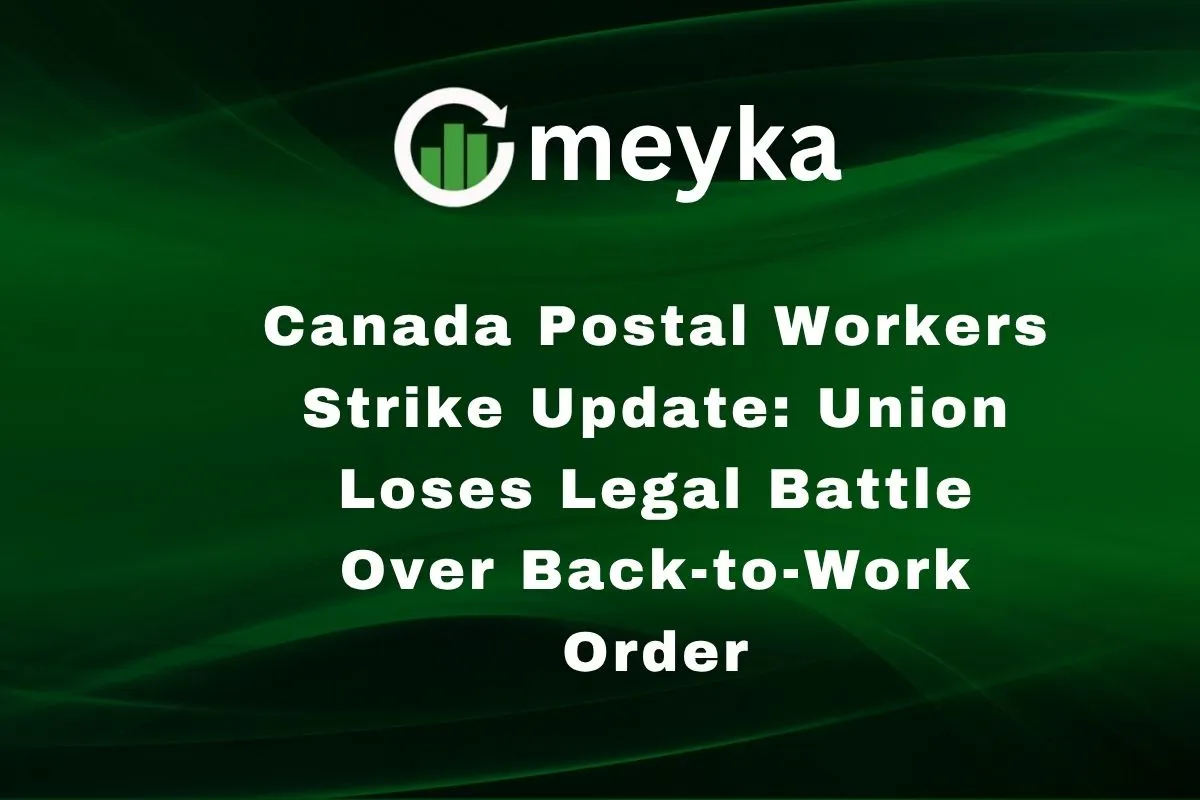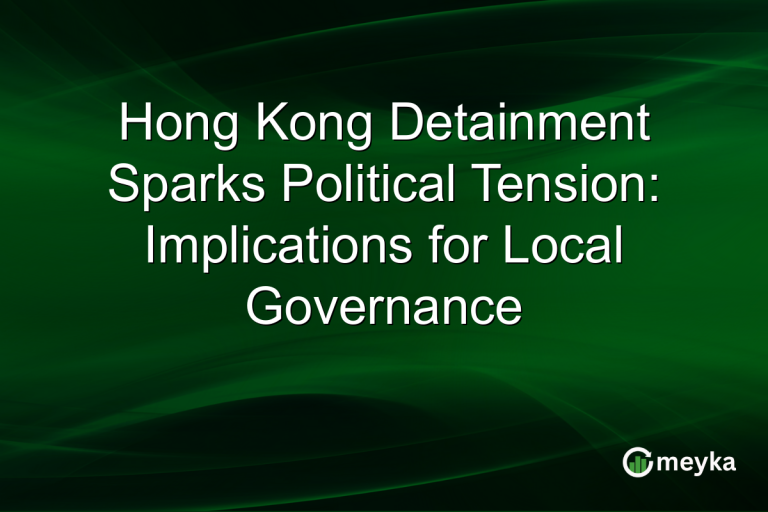Canada Postal Workers Strike Update: Union Loses Legal Battle Over Back-to-Work Order
We’re watching a high-stakes labor showdown in Canada. The Canadian Union of Postal Workers (CUPW) has lost a major legal battle against the government’s back-to-work order affecting Canada Post Corporation. That decision means the federal government used its power under Section 107 of the Canada Labor Code to force workers back on the job. We’ll walk through how we got here, what the ruling means for workers and employers, and why it matters for Canadians across the country.
Background: What led to this dispute
The dispute stems from deep tension between Canada Post, the CUPW, and the federal government. The union represents roughly 55,000 postal workers. Negotiations began over a year ago, with CUPW pushing for large wage increases, stronger job protections, and better benefits.
Canada Post says it is in a “financial crisis”, pointing to losses of roughly $5 billion since 2018 and heavy cost pressures. In response, the government proposed sweeping changes: ending door-to-door letter delivery for about 4 million households, shifting to community mailboxes, and lifting restrictions on rural-office closures.
The union responded with strike action. It first struck in November 2024, then again on September 2,5, 20,25, as a national strike before shifting to rotating strikes. We can see that the roots of the conflict lie in service model change, labor conditions, and public interest, all wrapped together.
The Legal Battle: What happened
The union challenged the government’s decision to issue a back-to-work order. It argued the order violated the right to strike under the Canadian Charter of Rights and Freedoms. On October 2,3, 2025, the Canada Industrial Relations Board (CIRB) ruled that the use of Section 107 did not breach the Charter. The board also said it lacked the authority to review the Minister’s decision to invoke it.
The decision was not unanimous. One member of the three-person panel dissented, saying the government’s intervention did suppress the right to strike.
We’re witnessing a moment that sets precedent: the government’s power in federally-regulated labor disputes has just been affirmed, and the union’s right to strike has been narrowed, at least in this context.
Implications for Labor Relations & Right to Strike
This outcome shifts the playing field. For unions in federally regulated sectors, including postal, air, rail, and other Crown-corporation workforces, the threat of a back-to-work order looms larger. Employers and governments may feel emboldened: the capability to force workers back under Section 107 is confirmed. The union’s bargaining leverage may shrink in the future.
On the flip side, workers may feel their rights are being curtailed. The right to strike is foundational to collective bargaining. When that right is limited, it changes the dynamics of labor conflict.
We must recognize the tension: on one side is the public interest in uninterrupted services; on the other is the worker’s right to negotiate through work stoppage. This case leans toward the former. It also signals to other unions: tactics such as rotating strikes or targeted actions may become more common, as full-scale strikes risk direct government intervention.
Operational & Public Impact
For Canada Post and the public, this has direct consequences. Service disruptions during the strike affected millions of Canadians and small businesses. Small businesses, in particular, suffered: delayed shipping in the peak holiday season and higher costs. One estimate placed losses in the billions.
The transformation plan to shift away from door-to-door delivery means major changes for rural and suburban households. Union members worry it will impact jobs and service standards.
From an employer’s perspective, Canada Post’s cost base must adjust. Letter-mail volumes are dropping; parcels are increasing, but competition is stiff. For the government, the decision signals that when a Crown corporation is at risk of failing, legislative and regulatory tools will be used. The message is clear: public service must continue, even amid labor conflict.
Conclusion
We are at a turning point. The CIRB ruling confirms that the federal government can intervene and force a return to work in certain disputes. That alters the balance between labor rights and public service continuity. For postal workers, the terrain has changed: traditional strike leverage is more limited. For Canada Post and the government, the path to negotiate with labor may lean less on stalemate and more on earlier resolution.
Whether CUPW appeals the decision, how the new contract negotiation unfolds, and how other unions react to this precedent. Ultimately, this conflict isn’t just about mail delivery. It’s about how society values public services, how workers defend their rights, and how change is managed in the digital-age economy. We all have a stake because when mail slows down, services we rely on slow down too, and when worker rights are trimmed, the broader impact can ripple beyond one sector.
FAQS:
Yes. The government used a back-to-work order under Section 107 of the Canada Labor Code. This forced postal workers to return while talks with Canada Post continue.
Postal workers demand better pay, job safety, and fair workloads. They also oppose cuts to door-to-door delivery and rural post offices that affect jobs and service quality.
Canada Post loses money because letter mail has dropped sharply. More people use email, while rising costs and competition in parcel delivery cut its profits.
Disclaimer:
The content shared by Meyka AI PTY LTD is solely for research and informational purposes. Meyka is not a financial advisory service, and the information provided should not be considered investment or trading advice.






